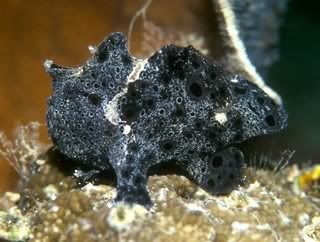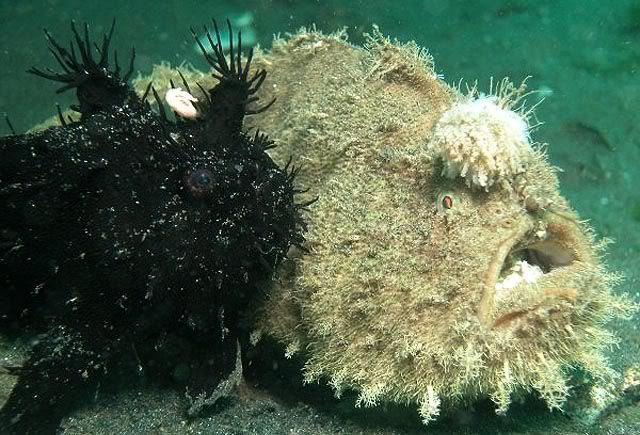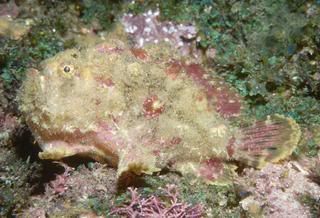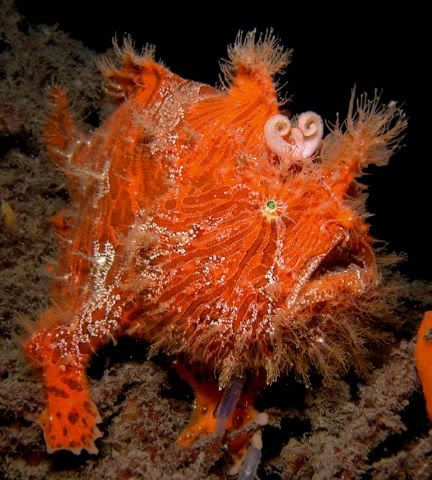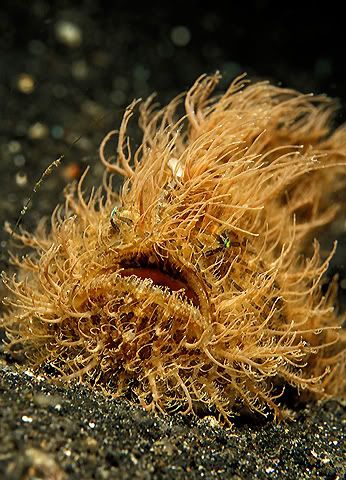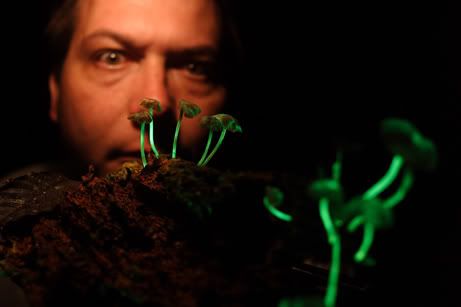Image taken from http://de.academic.ru/pictures/dewiki/109/misumena.vatia.beute.wespe.1771.jpg
We all know that evolution can bring forth the most amazing types of camouflage. Here's a new story: The female crab spider Misumena vatia likes to eat wasps. And these wasps likes to indulge in bright yellow flowers, but naturally they do not really like to be eaten while being there. So what does the crab spider? It becomes as yellow as the wasp's beloved flower, so that the spider just have to sit and wait for the unsuspected wasp to land. Then it's a helluva meal! Take a look at the pictures. I assume that we all would have a difficult time to spot this eight-legged creature....
Well, in order to really comfirm that it was good to be a yellow spider in a yellow plant, the researchers displaced these colored creatures into flowers with other colors. And the result was that wasps avoided these new combinations of predator and flower, suggesting that they could now spot the spider. Thus, these spiders benefit from being the same color as their flower... Changing color takes a while. White to yellow can take from 10-25 days, and the reverse about six days. I have no idea if the transition state is less effective in camouflaging the spiders, but juding from the result from these researchers I guess that is the case.

Image taken from http://www.jorgenlissner.dk/images%5CPictures%5CMisumena_vatia_hun_859.jpg
Source: Science - ScienceShots.
Since this genus is quite widespread, and since spiders are awsome, I thought I'd post some more pictures of other Misumena:
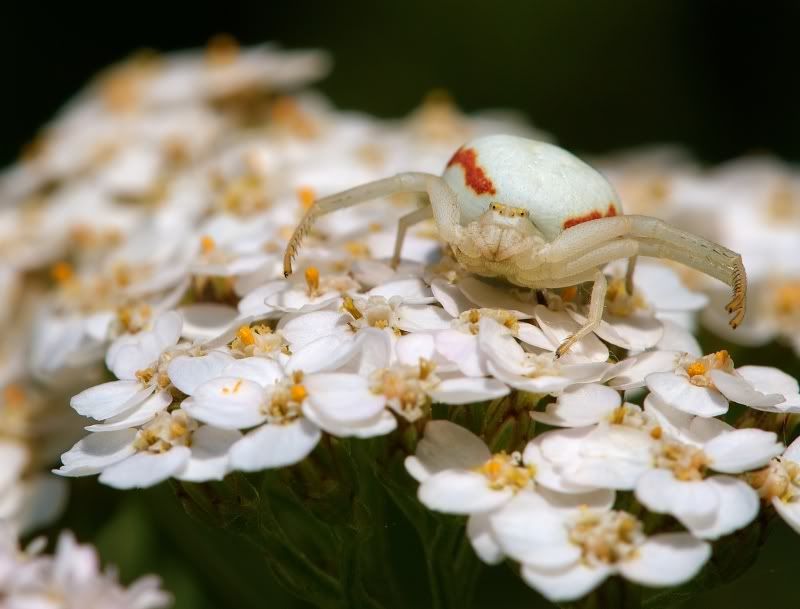
This one is awsome! The photographer has really managed to capture all the details (click on it for full-screen). Just look at the eyes! Image taken from http://upload.wikimedia.org/wikipedia/commons/7/7f/Misumena_vatia_female_Luc_Viatour_1.jpg

http://www.nature-photographers-portfolio.co.uk/images/Misumena%20vatia%20&%20Eristalis%20pertinax%20prey%20john%20beb.jpg

http://www.aphotofauna.com/Spider-Misumena%20vatia11-06-09.jpg
